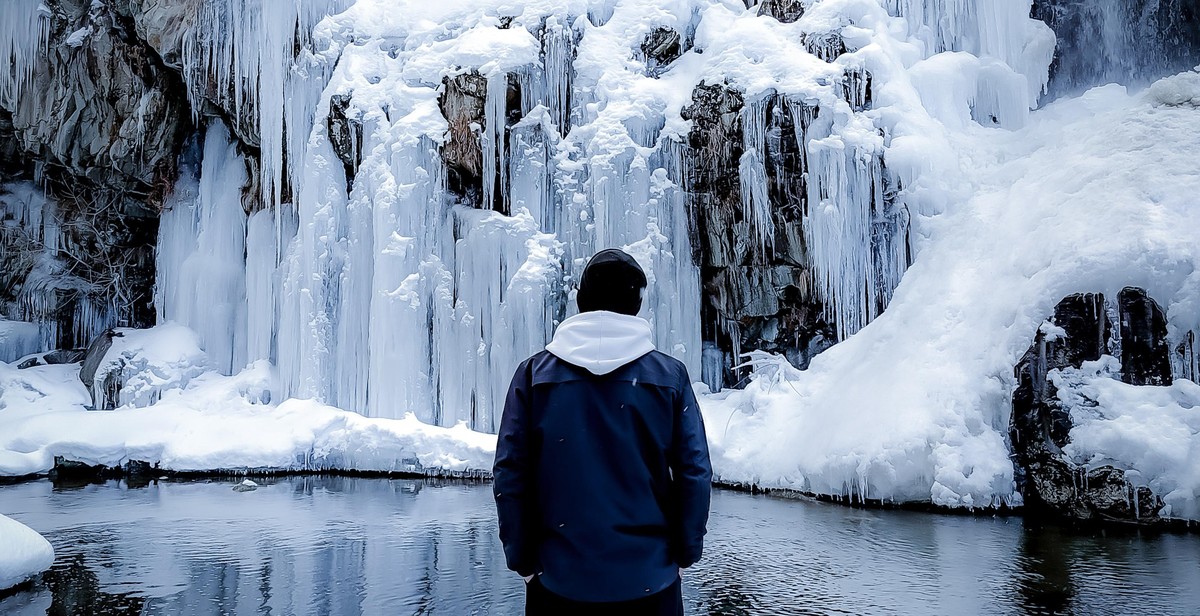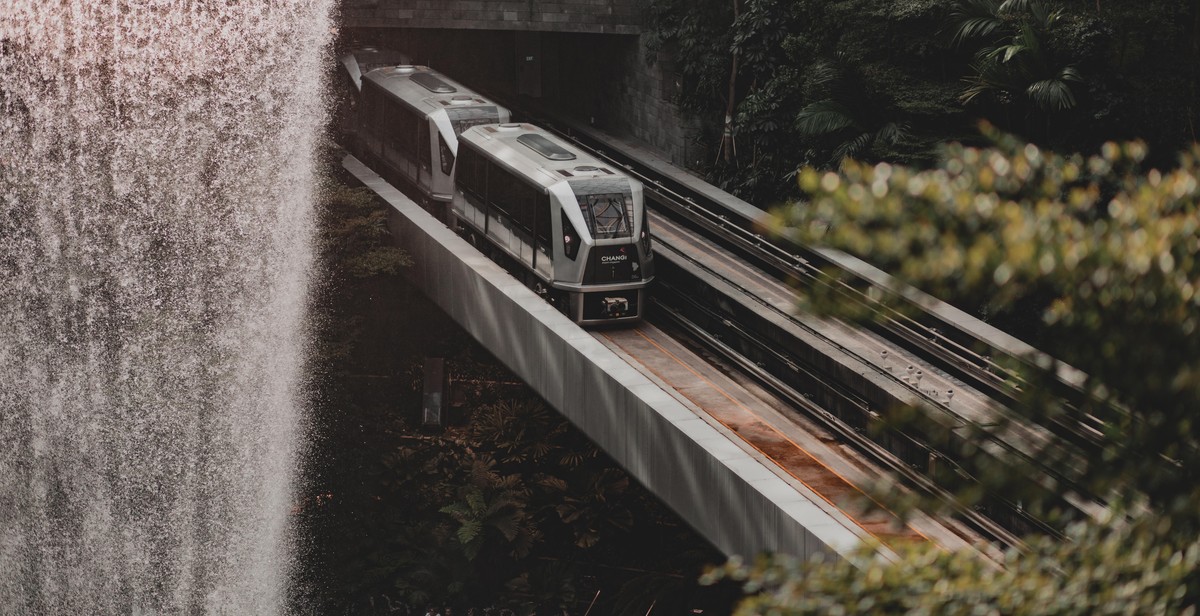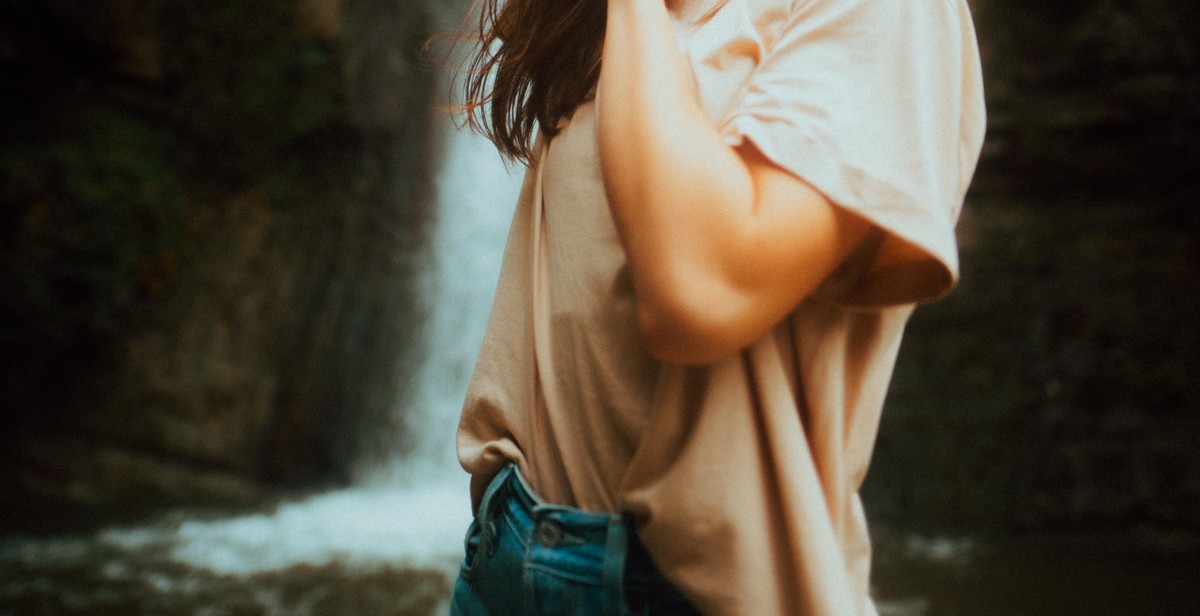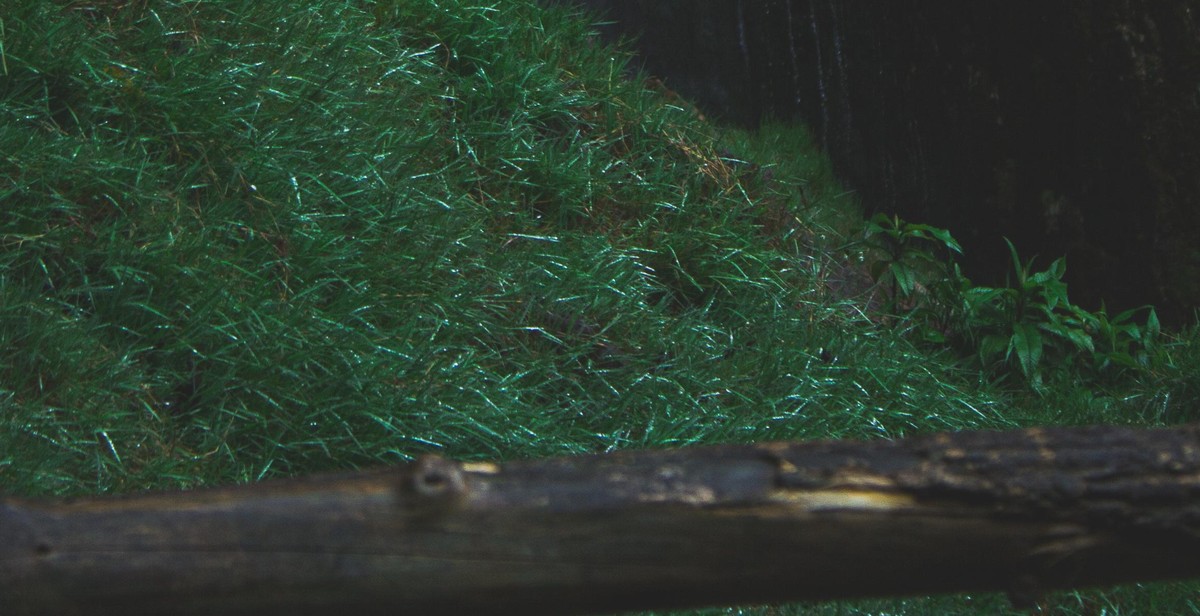How to Construct a Waterfall Feature for a Relaxing Outdoor Oasis
Adding a waterfall feature to your outdoor space is an excellent way to create a relaxing and tranquil oasis in your backyard. The sound of running water can soothe your senses and help you unwind after a long day.
Not only is a waterfall a beautiful addition to your outdoor design, but it also provides a range of benefits for your surrounding environment. The constant flow of water helps to oxygenate the air, promoting a healthy atmosphere for you and your plants. The sound of running water also helps to drown out any unwanted noise from your surroundings, creating a peaceful and calm environment.
Constructing a waterfall feature may seem like a daunting task, but with the right tools and a little bit of planning, it can be a straightforward and enjoyable project. In this article, we will guide you through the steps to construct a beautiful and functional waterfall feature for your outdoor space.

Planning Your Waterfall Feature
Before you start building your waterfall feature, it is important to plan it out thoroughly. This will help you determine the location, size and scale, and materials needed for the project. Here are some key factors to consider:
Choosing the Location
The location of your waterfall feature is crucial to its success. You want to choose an area that is visible from your outdoor living space and that has access to a water source. If you are planning on incorporating a pond into your design, you will also need to consider the depth and size of the pond. In addition, you should consider the surrounding landscape and how the waterfall feature will fit in with the overall aesthetic.
Determining the Size and Scale
Once you have chosen a location, you need to determine the size and scale of your waterfall feature. This will depend on several factors, including the size of your outdoor space, the amount of water flow you want, and the height of the waterfall. You should also consider the size of the rocks and boulders you plan to use in your design, as these will affect the overall scale of the feature.
Selecting the Materials
The materials you choose for your waterfall feature will play a big role in its overall look and feel. Natural stone is a popular choice for creating a natural-looking waterfall, but you can also use concrete or other materials. You will also need to select the right pump and tubing to ensure proper water flow and circulation. Additionally, you may want to consider adding lighting to your waterfall feature to enhance its beauty at night.
| Location | Size and Scale | Materials |
|---|---|---|
| Choose a visible area with access to water source | Determine based on outdoor space, water flow, and rock size | Select natural stone or other materials, pump, tubing, and lighting |
By carefully planning your waterfall feature, you can create a stunning outdoor oasis that will provide relaxation and enjoyment for years to come.

Building Your Waterfall Feature
Now that you have planned out your waterfall feature, it’s time to start building it. Here are the steps to follow:
Excavating the Area
The first step is to excavate the area where you want to install the waterfall. Use a shovel or a backhoe to dig out the area. Make sure to dig deep enough to allow for the proper water flow and to create a natural-looking waterfall. The size of the area will depend on the size of your waterfall feature, so make sure to plan accordingly.
Creating the Base
Once you have excavated the area, you need to create a base for your waterfall. This will help to support the weight of the rocks and prevent the water from seeping into the ground. Use gravel or crushed stone to create a solid base. Make sure to level the base to ensure that the waterfall is stable and doesn’t tilt to one side.
Installing the Pump and Plumbing
The next step is to install the pump and plumbing for your waterfall. The pump will circulate the water and create the flow for your waterfall. Make sure to choose a pump that is the right size for your waterfall feature. The plumbing should be buried underground and connected to the pump. This will ensure that the water flows smoothly and doesn’t leak out of the system.
Constructing the Waterfall Structure
Now it’s time to start constructing the waterfall structure. Use a combination of large and small rocks to create a natural-looking waterfall. Start at the base and work your way up, making sure to create a gradual slope for the water to flow down. Use a variety of rocks to create texture and depth. You can also add plants and other landscaping features to enhance the natural look of your waterfall.
Remember to test your waterfall feature before adding any fish or plants. Make sure that the water flow is smooth and that there are no leaks in the plumbing. With a little patience and creativity, you can create a beautiful and relaxing outdoor oasis with your very own waterfall feature.

Adding Finishing Touches
Now that you have constructed your beautiful waterfall feature, it’s time to add some finishing touches to create a truly relaxing outdoor oasis. Here are some ideas to consider:
Adding Plants and Landscaping
Adding plants and landscaping can help to soften the look of your waterfall feature and create a more natural environment. Consider adding plants such as ferns, hostas, and other shade-loving plants around the base of the waterfall. You can also add rocks and boulders around the waterfall to create a more natural look.
When choosing plants, be sure to consider the amount of sunlight and water that your waterfall feature receives. You may also want to consider adding a drip irrigation system to keep your plants watered and healthy.
Incorporating Lighting
Adding lighting to your waterfall feature can create a beautiful and relaxing ambiance, especially at night. You can add underwater lighting to highlight the waterfall itself or add landscape lighting to highlight the surrounding plants and features.
Solar-powered lights are a great option for those who want to save energy and reduce their carbon footprint. They are also easy to install and require no wiring, making them a great DIY option.
Installing a Pond or Pool
If you really want to take your waterfall feature to the next level, consider installing a pond or pool. This will not only create a beautiful and relaxing environment but will also attract wildlife such as birds and butterflies.
When installing a pond or pool, be sure to consider the size and location. You want to make sure that it is in a spot that receives enough sunlight and is not too close to trees or other structures that may drop debris into the water.
Adding fish to your pond can also add to the overall ambiance and provide a fun and relaxing activity for you and your family.
| Pros | Cons |
|---|---|
| Creates a beautiful and relaxing environment | Requires maintenance and upkeep |
| Attracts wildlife such as birds and butterflies | May attract unwanted pests such as mosquitoes |
| Provides a fun and relaxing activity for you and your family | Can be expensive to install and maintain |
With these finishing touches, your waterfall feature will become a true oasis that you can enjoy for years to come.

Maintaining Your Waterfall Feature
Once you have constructed your waterfall feature, it is important to keep it well-maintained to ensure it continues to function properly and look its best. Here are some key maintenance tasks to keep in mind:
Cleaning the Feature
Regular cleaning is essential to prevent buildup of debris and algae in your waterfall feature. Use a net or skimmer to remove leaves, twigs, and other debris from the water surface. Scrub the rocks and other surfaces with a soft brush to remove any algae or dirt buildup. You can also use a pressure washer on a low setting to clean the feature.
Maintaining the Pump and Plumbing
The pump and plumbing are the heart of your waterfall feature. Check the pump regularly to ensure it is working properly and not clogged with debris. Clean or replace the filter as needed. Inspect all plumbing connections and valves for leaks, and tighten or replace them as necessary.
Winterizing the Feature
If you live in a climate with freezing temperatures, it is important to winterize your waterfall feature to prevent damage. Drain the water from the feature and disconnect the pump and plumbing. Store the pump and any other equipment indoors in a dry, warm place.
By following these simple maintenance tasks, you can keep your waterfall feature looking and functioning great for years to come.
